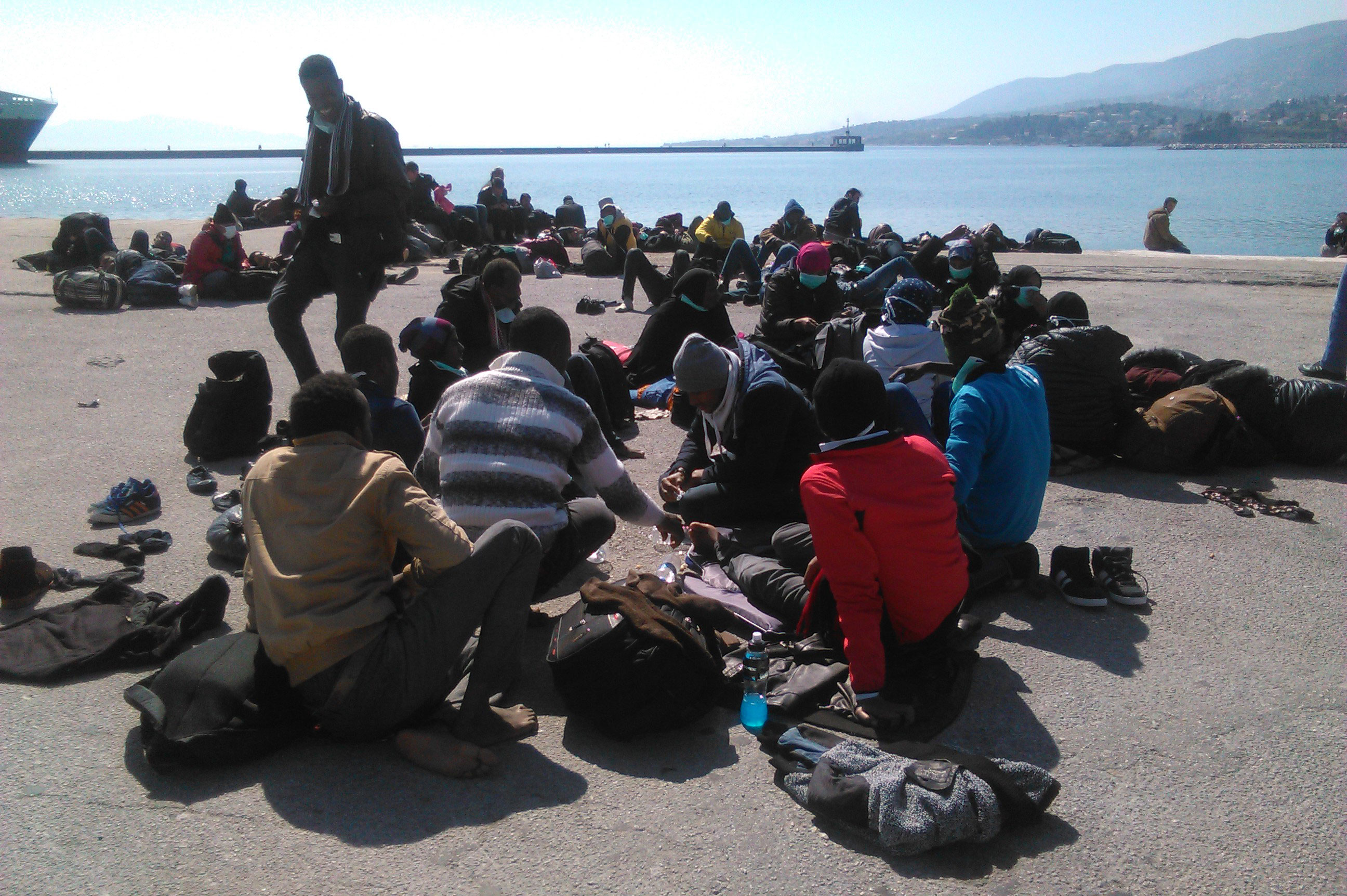While Greece is in an ever lasting financial -and political- crisis, which according to European Parliament President Martin Schulz and German Vice Chancellor Sigmar Gabriel could require humanitarian aid, the Greek island of Lesvos is facing a humanitarian crisis of its own.
A United Nations Refugee Agency report released at the end of June found that Greece was the European country with the most seaborne immigrants and refugees for the first half of 2015, totalling to 68,000.
“There has been a major increase in refugees and migrants taking the ‘eastern Mediterranean route’ from Turkey to Greece. More than 85% of those arriving in Greece are from countries experiencing war and conflict, principally Syria, Afghanistan, Iraq and Somalia. From Greece, most move onward across the Balkans to western and northern Europe,” the report found.
A BBC report on July 9 found that up until now 15,000 immigrants and refugees have entered Europe through the Greek island of Lesvos, located in the northern Aegean Sea. With a little over 86,000 citizens, Lesvos is very close to Turkey from the East, North and South and is one of the largest islands in Greece. The island’s proximity to the Turkish coastline makes it a very common gateway to Europe. Up until mid June, Lesvos had approximately 21,600 arrivals by sea in 2015, according to a United Nations news report.
These unprecedented numbers have made the situation in Lesvos especially difficult to handle.The BBC reported that this past Saturday 1,600 people arrived on the island. Local authorities called for help outside the island to control the situation.
Lesvos has one “reception center” in the town of Moria, located in the southeast region. However, this center alone cannot service the increasing number of immigrants and refugees.
Refugees and immigrants who do not stay in the Moria center are settled in tents. Most of the arrivals remain unprocessed as the authorities are unable to supervise all of them. New arrivals must cover long distances on the island to get papers that permit them to stay in Greece for a maximum of six months, deepening on their situation.
The United Nations Refugee Agency report released at the end of June assessed Greece’s reception centers for immigrants and refugees as insufficient and noted that the country generally lacks the infrastructure to deal with the arrivals.
United Nations High Commissioner for Refugees spokesperson William Spindler told reporters in mid June that Greek islands are likely to see even greater numbers of immigrant and refugee arrivals in the months to come.
“The number of arrivals is expected to increase further during the summer, when weather conditions make sea crossing from the Turkish mainland less hazardous,” he said.
Splinder noted that despite the increased efforts of the local population and authorities, Greek islands need external help to be effective.
See all the latest news from Greece and the world at Greekreporter.com. Contact our newsroom to report an update or send your story, photos and videos. Follow GR on Google News and subscribe here to our daily email!




